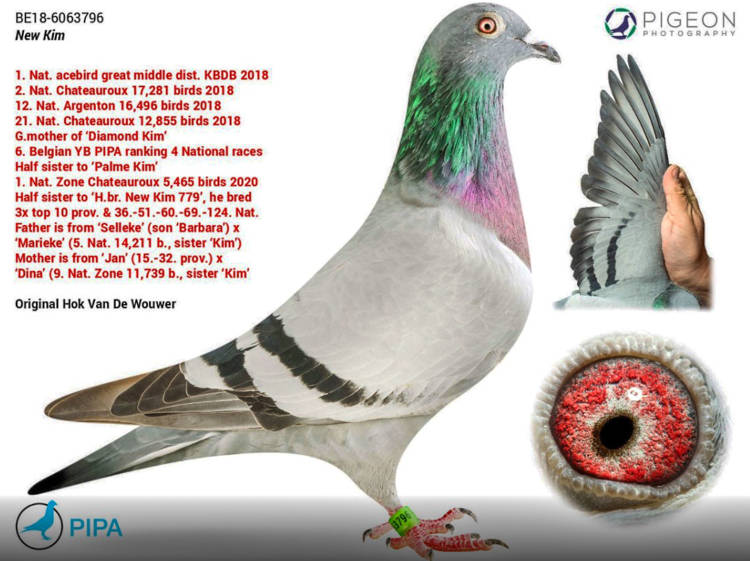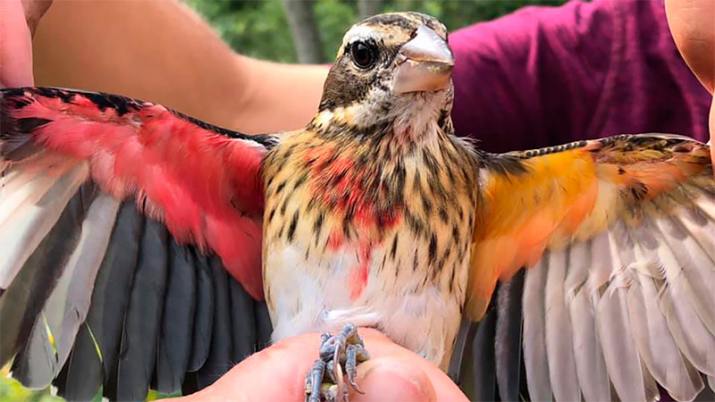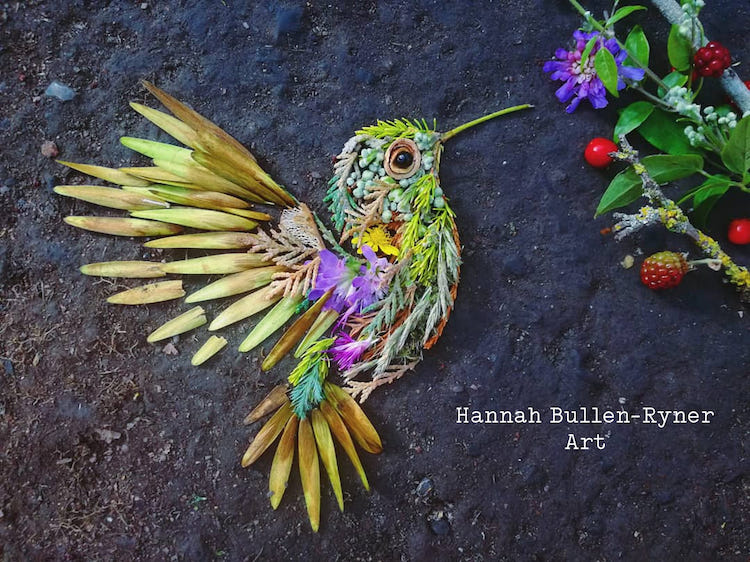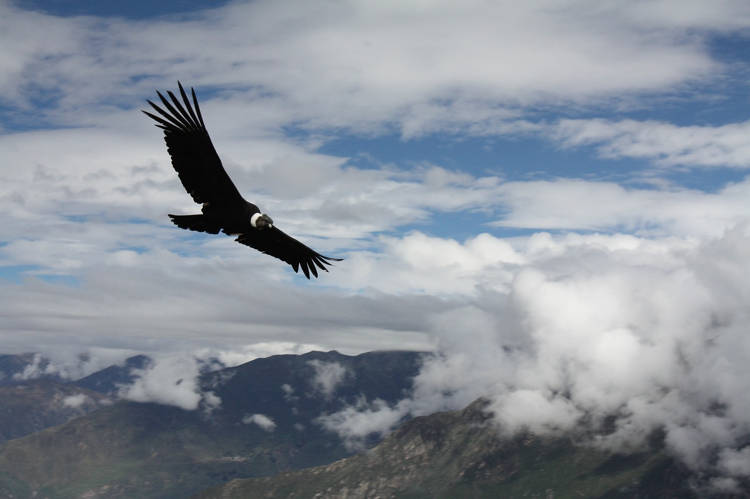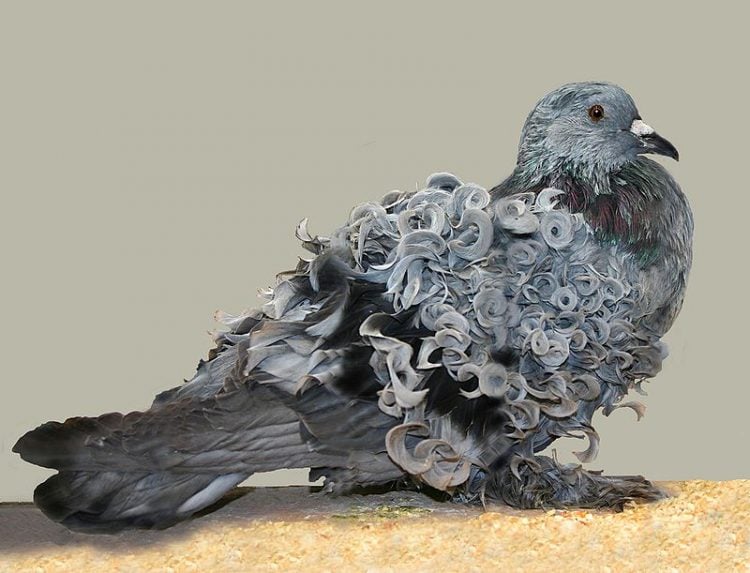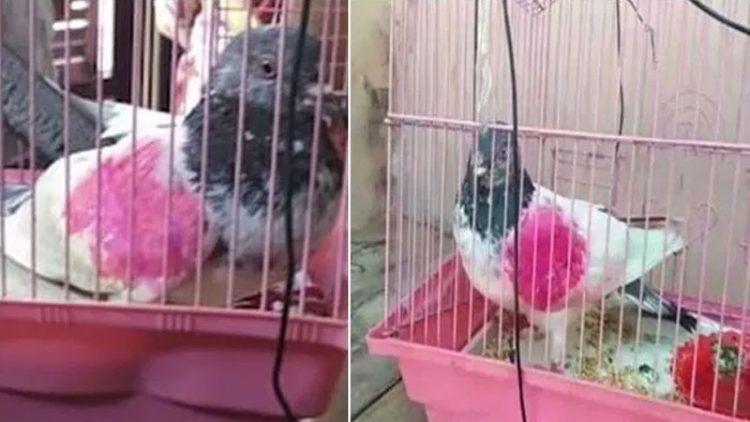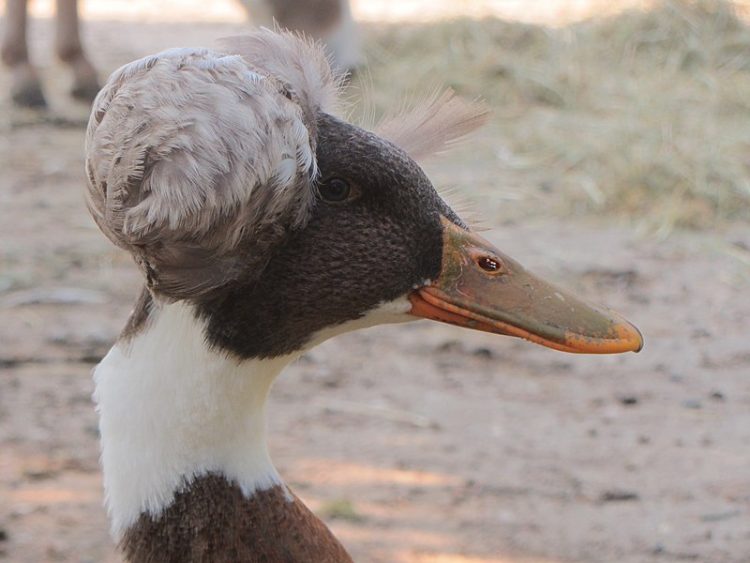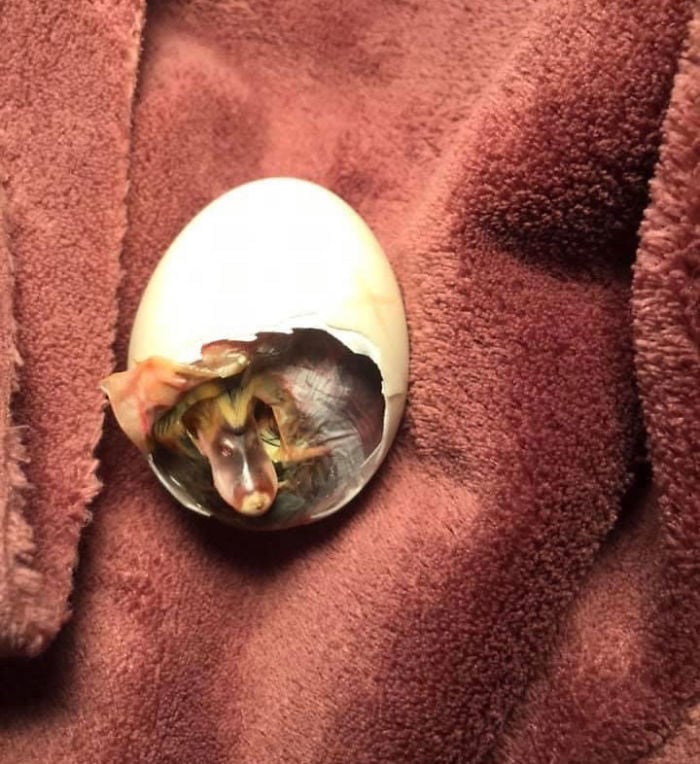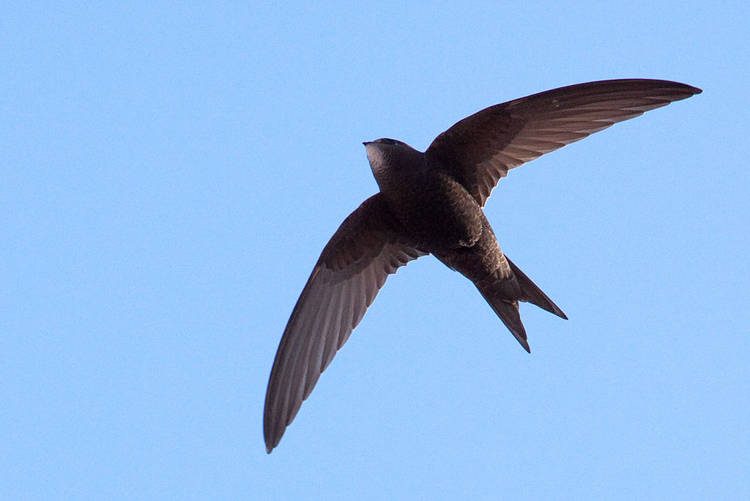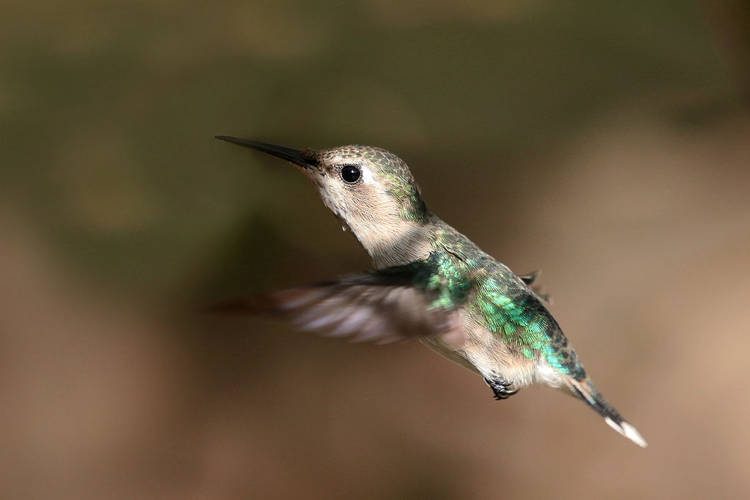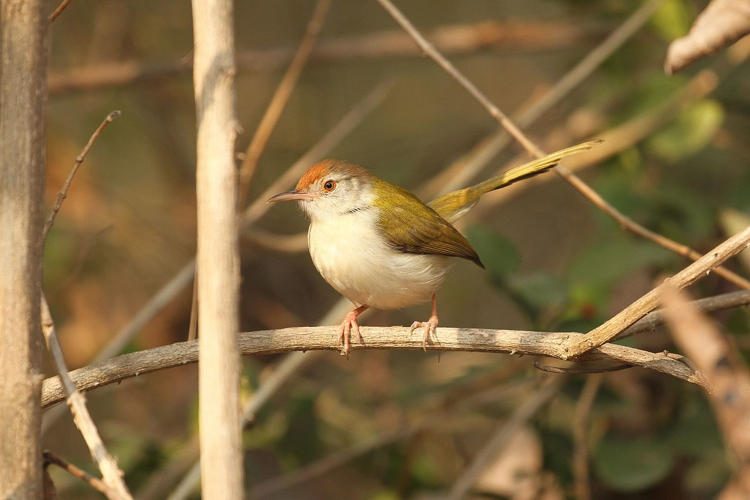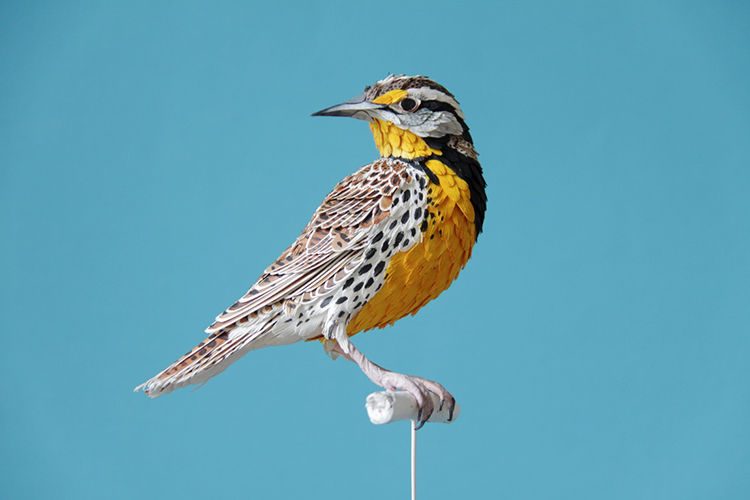New Kim, a two-year-old racing pigeon from Belgium has recently been crowned the world’s most expensive pigeon after a South African collector bid a whopping 1.3 million euros ($1.5 million) in an online auction.
Hok Van De Wouwer, a renowned pigeon breeder in Antwerp, Belgium has recently put its entire collection of racing pigeons on sale this month. Father and son duo Gaston and Kurt Van De Wouwer have an enviable resume among pigeon breeders, winning numerous national ace pigeon titles and 1st place at nationals, so it’s no wonder that their birds are sought after in the still ongoing online auction. But even so, no one expected the star of the show, a two year-old female named New Kim, to break the world record for most expensive pigeon.

